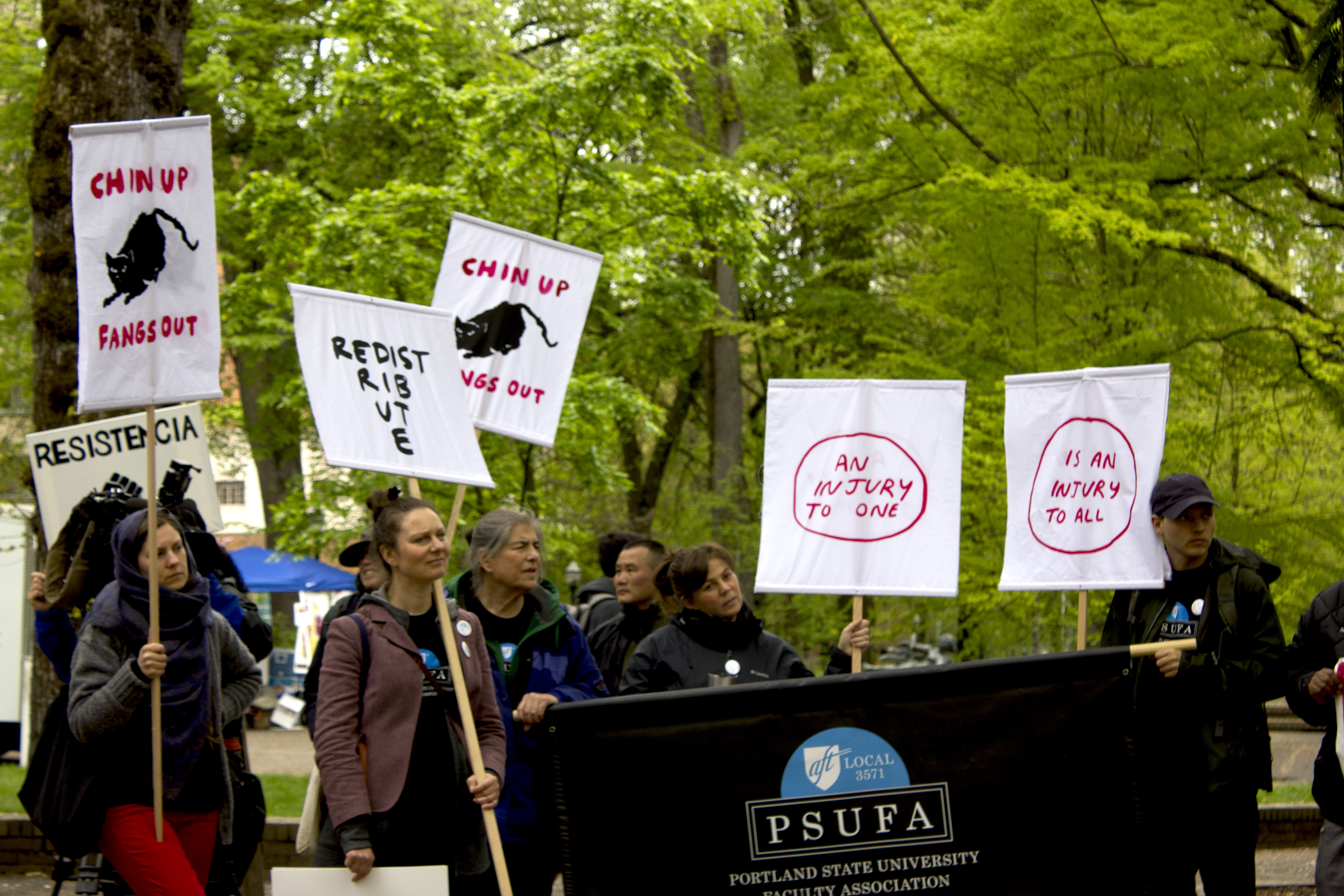Dozens of sea lions come up the Columbia River to the Columbia River Dam every year to feast on the salmon there. In the past, authorities have tried to dissuade the sea lions by what they call “hazing.”
Their fish, not ours
Dozens of sea lions come up the Columbia River to the Columbia River Dam every year to feast on the salmon there. In the past, authorities have tried to dissuade the sea lions by what they call “hazing,” i.e. shooting them with rubber bullets, throwing firecrackers at them or tranquilizing and relocating them. This year, however, authorities are switching their guns from stun to kill. This is a practice of somewhat questionable ethics that merely masks the true problems.
The reason that The Department of Fish and Wildlife are being allowed to exterminate sea lions is because the fish on which the sea lions are feeding are now an endangered species. They have become endangered not largely due to the 4 percent of them eaten by sea lions every year but instead mostly due to overfishing by humans.
I suppose, in a way, we are exerting our place on the food chain. What we are telling marine life is that these are our fish, not theirs. Fishermen and damming play the largest part in endangering them and now we are punishing a natural predator for preying on their prey.
We have created the perfect situation for these sea lions. When The Oregonian refers to the situation as a “free lunch,” they are correct. Because of damming and hatcheries the government has successfully created confined spaces out of which salmon and other fish freely flow. Now an animal that is smart enough to figure out that this is the case is being punished for their cleverness.
The Department of Fish and Wildlife has been licensed to relocate and/or exterminate 73 sea lions, and there is only enough room to relocate about eight of them. This means that 65 sea lions will be killed for eating fish that we were essentially feeding to them.
This policy is much like putting a Band-Aid on a broken leg. It ignores the major problems and causes of the salmon shortage and endangerment. Installing the dams has caused fish runs to collapse, fishermen have taken more than their fair share (of something for which there is, arguably, no need), and general habitat destruction has destroyed many wild salmon populations.
The killing of one animal to save another is a difficult subject to approach. The important distinction here is the cause of the problem. If sea lions were the ones endangering the salmon by eating huge percentages of them every year, then I could see the need for some kind of mitigation.
As it stands now, I don’t believe that killing 60 or so sea lions will do anything at all to help this problem.
Humans are the ones ravaging the environment but, unfortunately, when another animal comes along to exploit our system we feel like we must put a stop to it. These animals will die in vain as the real problems continue to go unaddressed.




